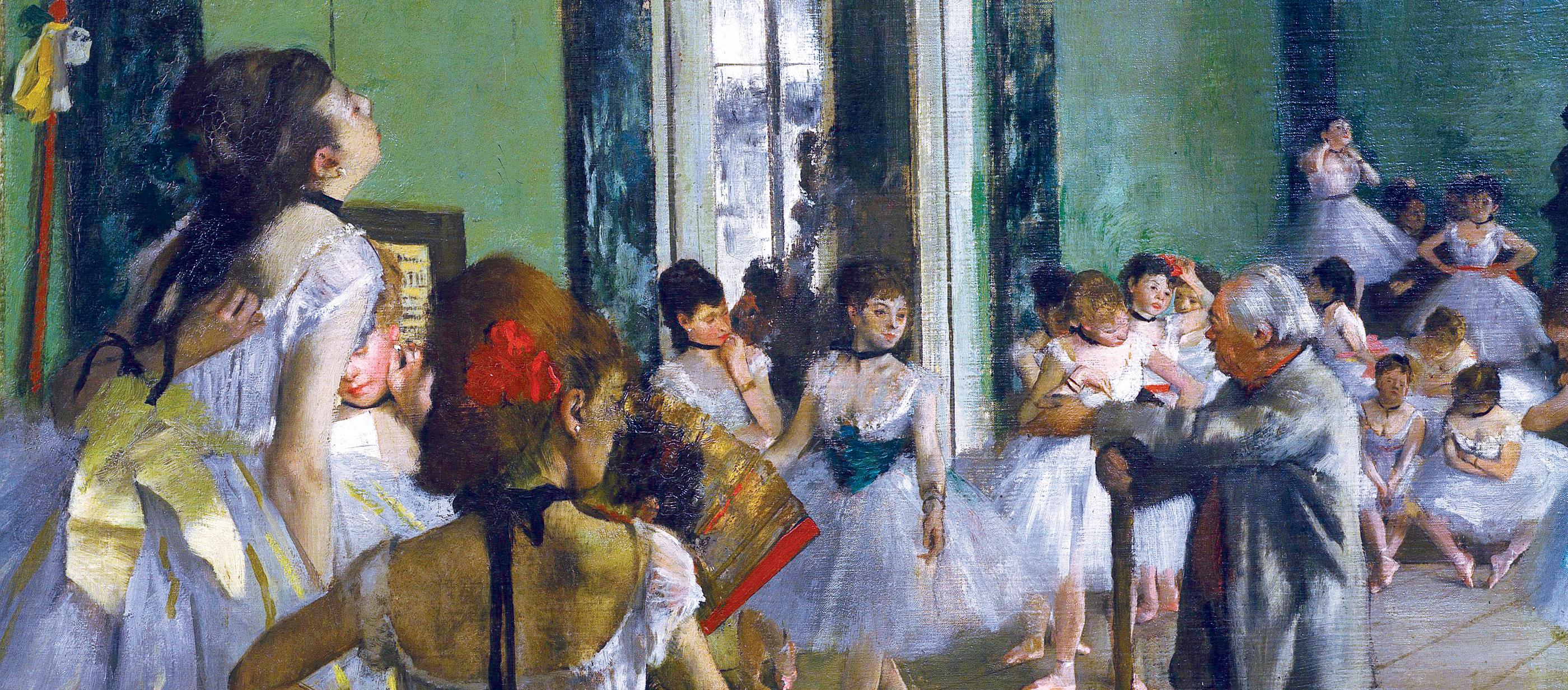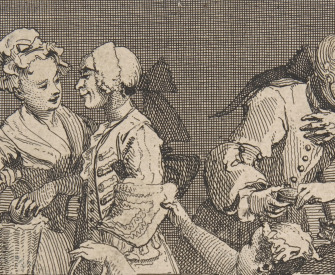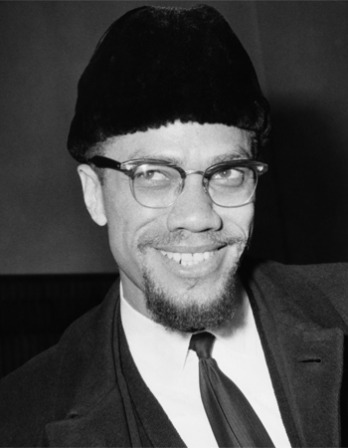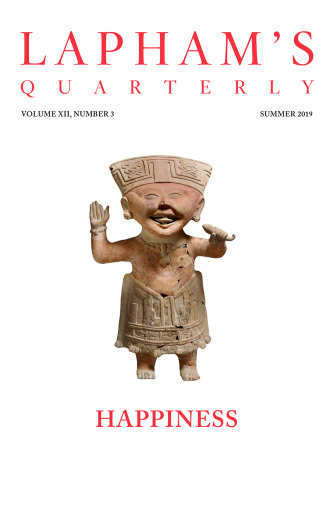A school without grades must have been concocted by someone who was drunk on nonalcoholic wine.
—Karl Kraus, 1909Live Demonstration
Charlotte Brontë shows us who’s the boss.
The first glance informed me that many of the pupils were more than girls—quite young women; I knew that some of them were of noble family (as nobility goes in Labassecour), and I was well convinced that no one amongst them was ignorant of my position in madame’s household. As I mounted the estrade (a low platform, raised a step above the flooring) where stood the teacher’s chair and desk, I beheld opposite to me a row of eyes and brows that threatened stormy weather—eyes full of insolent light, and brows hard and unblushing as marble. The continental female is quite a different being to the insular female of the same age and class: I never saw such eyes and brows in England. Madame Beck introduced me in one cool phrase, sailed from the room, and left me alone in my glory.
I shall never forget that first lesson, nor all the undercurrent of life and character it opened up to me. Then first did I begin rightly to see the wide difference that lies between the novelist’s and poet’s ideal jeune fille and the said jeune fille as she really is.
It seems that three titled belles in the first row had sat down predetermined that a bonne d’enfants should not give them lessons in English. They knew they had succeeded in expelling obnoxious teachers before now; they knew that madame would at any time throw overboard a professeur or maîtresse who became unpopular with the school, that she never assisted a weak official to retain his place—that if he had not strength to fight, or tact to win his way, down he went: looking at Miss Snowe, they promised themselves an easy victory.
Mesdemoiselles Blanche, Virginie, and Angélique opened the campaign by a series of titterings and whisperings; these soon swelled into murmurs and short laughs, which the remoter benches caught up and echoed more loudly. This growing revolt of sixty against one soon became oppressive enough; my command of French being so limited, and exercised under such cruel constraint.

The Dance Class, by Edgar Degas, c. 1873–1875. Musée d'Orsay, Paris, France.
Could I have but spoken in my own tongue, I felt as if I might have gained a hearing; for, in the first place, though I knew I looked a poor creature, and in many respects actually was so, yet nature had given me a voice that could make itself heard, if lifted in excitement or deepened by emotion. In the second place, while I had no flow, only a hesitating trickle of language, in ordinary circumstances yet—under stimulus such as was now rife through the mutinous mass—I could, in English, have rolled out readily phrases stigmatizing their proceedings as such proceedings deserved to be stigmatized; and then with some sarcasm, flavoured with contemptuous bitterness for the ringleaders and relieved with easy banter for the weaker but less knavish followers, it seemed to me that one might possibly get command over this wild herd and bring them into training, at least. All I could now do was to walk up to Blanche—Mademoiselle de Melcy, a young baronne—the eldest, tallest, handsomest, and most vicious—stand before her desk, take from under her hand her exercise book, remount the estrade, deliberately read the composition, which I found very stupid, and as deliberately, and in the face of the whole school, tear the blotted page in two.
This action availed to draw attention and check noise. One girl alone, quite in the background, persevered in the riot with undiminished energy. I looked at her attentively. She had a pale face, hair like night, broad strong eyebrows, decided features, and a dark, mutinous, sinister eye: I noted that she sat close by a little door, which door, I was well aware, opened into a small closet where books were kept. She was standing up for the purpose of conducting her clamour with freer energies. I measured her stature and calculated her strength. She seemed both tall and wiry; but, so the conflict were brief and the attack unexpected, I thought I might manage her.
Advancing up the room, looking as cool and careless as I possibly could—in short, ayant l’air de rien—I slightly pushed the door and found it was ajar. In an instant, and with sharpness, I had turned on her. In another instant she occupied the closet, the door was shut, and the key in my pocket.
It so happened that this girl, Dolores by name and a Catalonian by race, was the sort of character at once dreaded and hated by all her associates. The act of summary justice above noted proved popular: there was not one present but in her heart liked to see it done. They were stilled for a moment. Then a smile—not a laugh—passed from desk to desk; then— when I had gravely and tranquilly returned to the estrade, courteously requested silence, and commenced a dictation as if nothing at all had happened—the pens travelled peacefully over the pages, and the remainder of the lesson passed in order and industry.
“C’est bien,” said Madame Beck when I came out of class, hot and a little exhausted. “Ça ira.” She had been listening and peeping through a spy hole the whole time. From that day I ceased to be nursery governess and became English teacher. Madame raised my salary, but she got thrice the work out of me she had extracted from Mr. Wilson at half the expense.

Charlotte Brontë
From Villette. Working as a teacher and governess in the 1830s to help support her brother’s artistic ambitions, Brontë was first published in 1846 in a collection of poems that she and her two sisters, Emily and Anne, wrote under pseudonyms. The Brontë sisters all published first novels in 1847; Charlotte’s Jane Eyre outsold Emily’s Wuthering Heights as well as Anne’s Agnes Gray.




